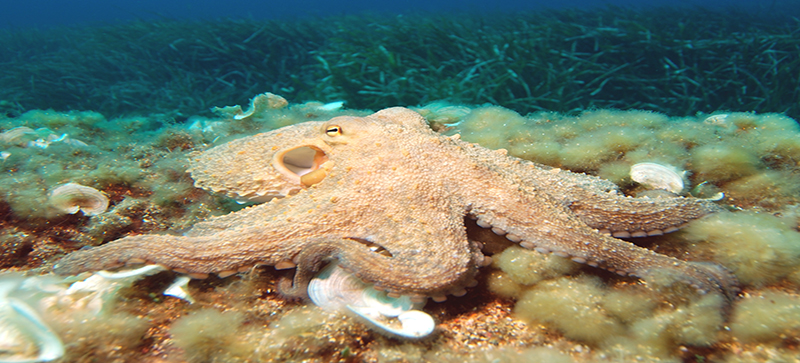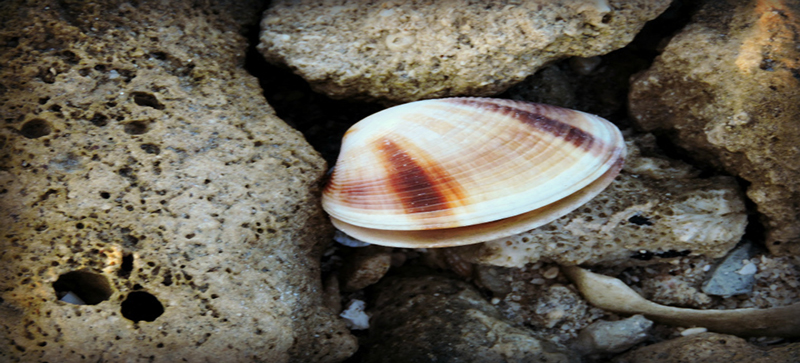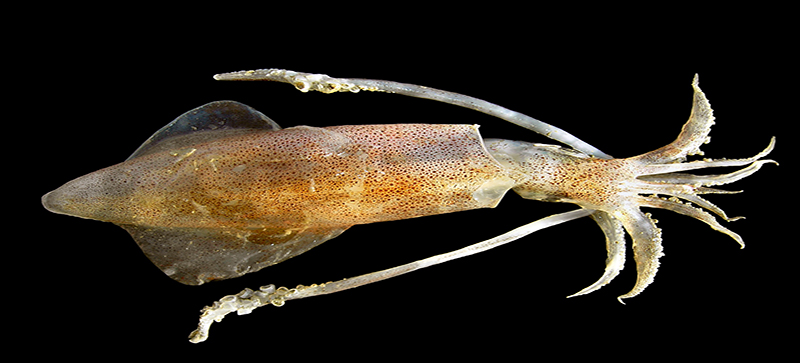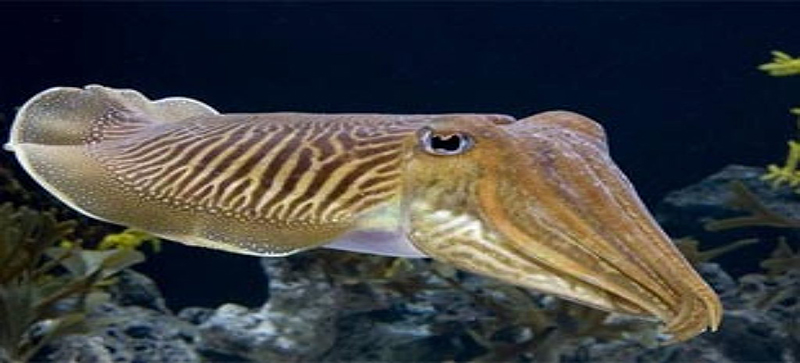Mollusca Examples Phylum Mollusca
by Web Headers
Posted on February 23, 2019 at 11:00 PM
What is mollusca ?
Mollusca is an ordered phylum that contains a different cluster of life forms (alluded to as "mollusks"), and the ordered classes that incorporate snails, ocean slugs, octopuses, squid, and bivalves, for example, shellfishes, mussels, and clams. From 50,000 to 200,000 species are evaluated to have a place with this phylum. Envision the undeniable contrasts between an octopus and a shellfish, and you'll get a thought of the decent variety among mollusks. Mollusks additionally have a place with the kingdom Animalia.
Featured Characters of Phylum Mollusca
They are reciprocally symmetrical.
They are triploblastic, which three layers.
They show organ framework evaluation of association.
The body is delicate and unsegmented.
Body is separable into three areas – head, instinctive mass and ventral foot.
Body is secured by a mantle and shell.

They can be found in various living spaces, both oceanic and earthly.
The body pit is a haemocoel, through which blood flows.
The stomach related framework is all around created and complex. It has a radula, which is a grating structure that has chitinous teeth. It is utilized in bolstering.
The sensory system is comprised of combined ganglia, connectives and nerves.
The circulatory framework is open, with heart and aorta.
Breath happens through gills called ctenidia.

The ventral strong foot helps in headway.
They have a couple of kidneys (metanephridia)
Genders are isolated and proliferation is through sexual multiplication.
Preparation can be inward or outer.

Examples Phylum Mollusca
Clams
Oyster
Octopus
Cuttlefish
Mussels
Pila ( Snail)
Squid

Environmental Effect to Earth Warming - Phylum Mollusca
Expanding dimensions of carbon dioxide are raising the pH dimension of the world's seas, which thusly, increment the sharpness of these waterways, says Hays of Facts and Details. This enormously debilitates Mollusks' generally solid shells and even makes it troublesome for them to create shells in any case, compromising their survival, Hays says, including: "On the off chance that populaces of these life forms breakdown, at that point populaces of fish and different animals that feed on them could likewise endure."
Northeastern University sea life researcher Brian Helmuth gives the case of the normal mussel, an individual from the group of bivalve mollusks. Notwithstanding the issue of expanded causticity in the seas, which—as noted—makes it harder for these mollusks to create shells, the expanding temperatures of the seas and even the sand and air on the encompassing shorelines can mean a capital punishment for mussels.
"You are staying there in the blasting sun, you're not going to most likely move," Helmuth says. "You can't get away from the warmth, you can't get away from the sun, you can't go into a cleft like ... a crab." Mussels can actually begin to cook on the stones in the event that they get too hot, Helmuth told Carolyn Beeler for an article titled "To Understand Climate Change, Look at It From a Mussel's Perspective" distributed on Public Radio International's site.
Mollusca Examples Mollusca Examples Mollusca Examples Mollusca Examples
Got Questions?
Feel free to email me at:
manowarsteve@gmail.com